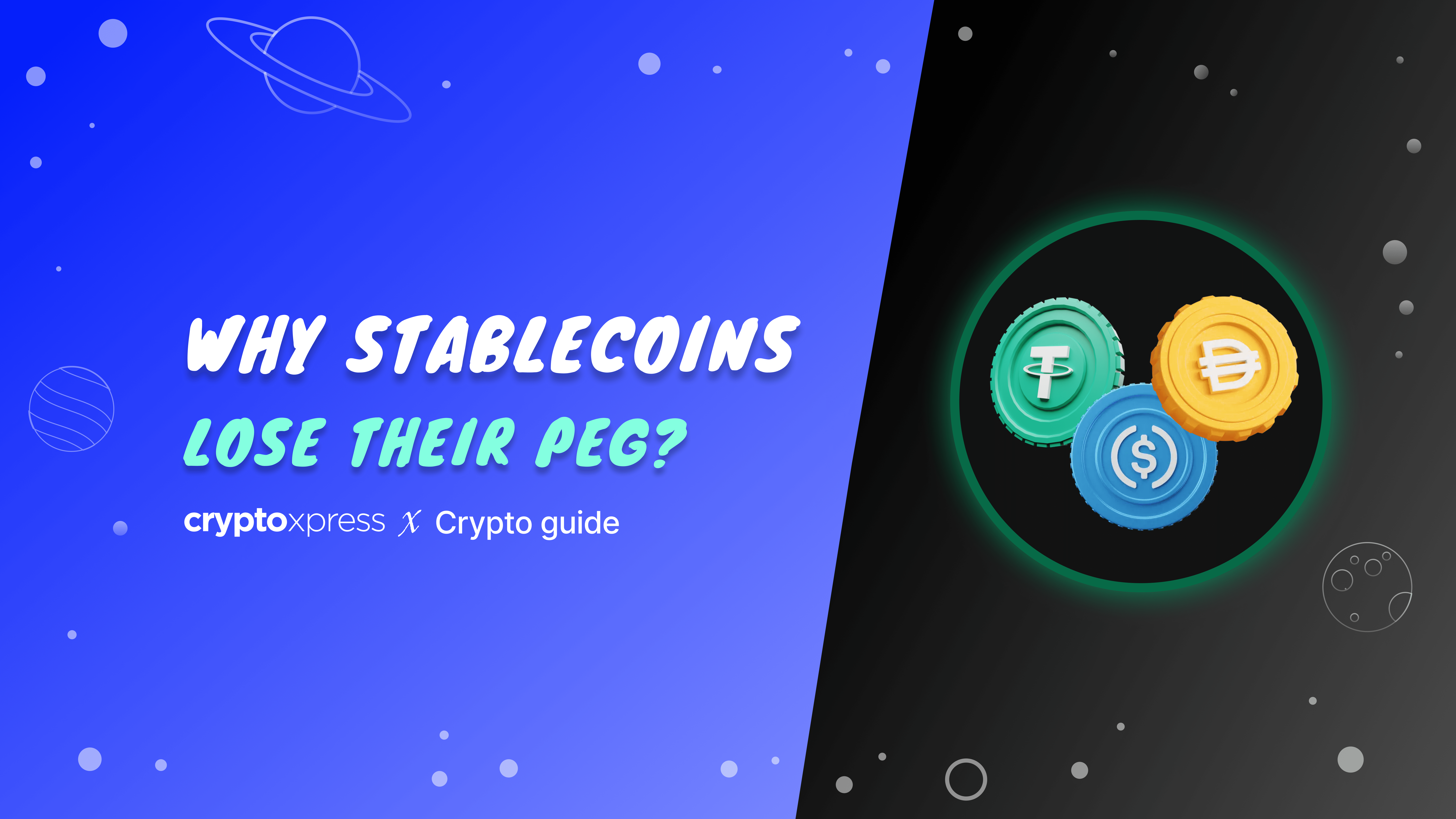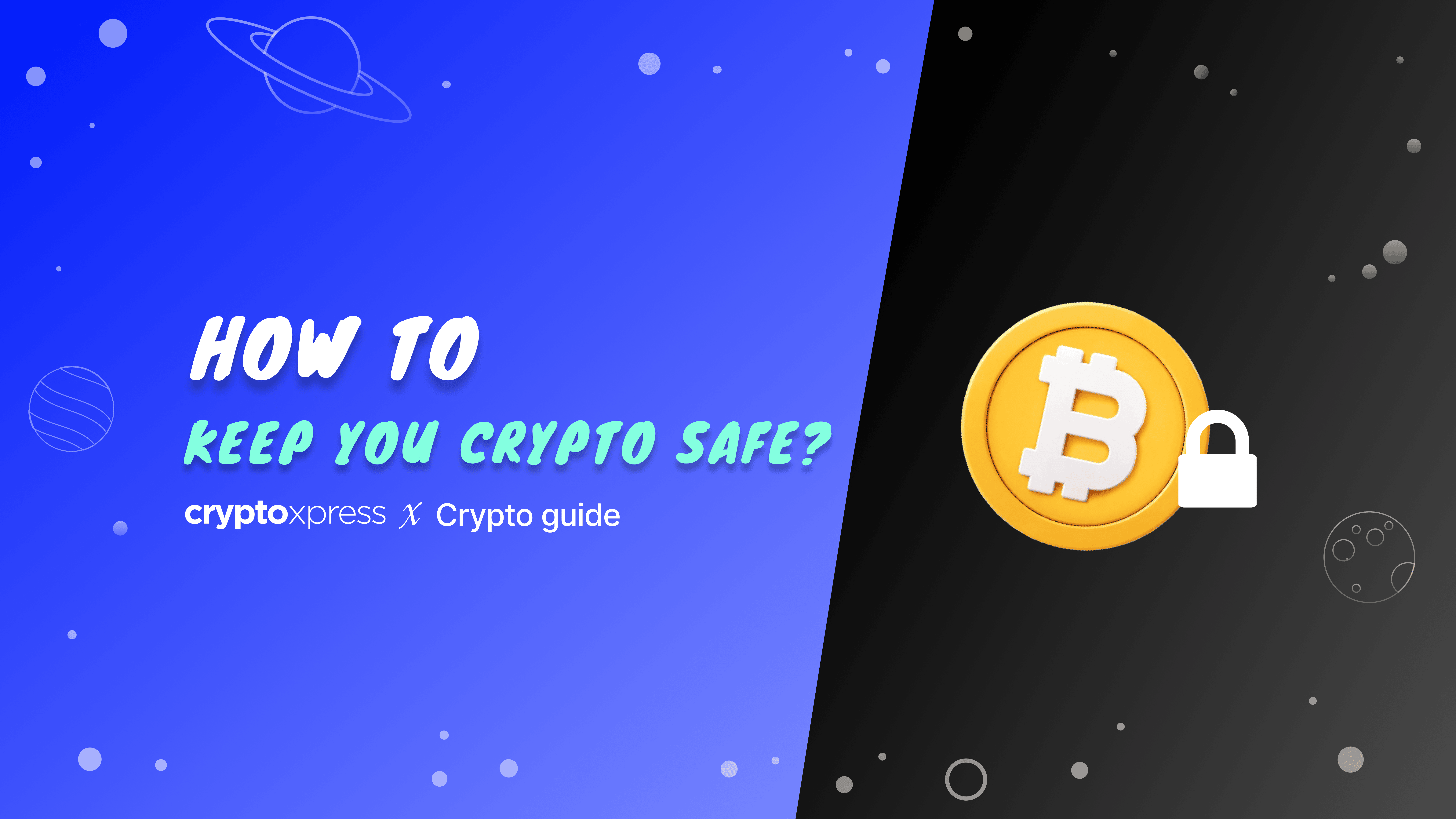|
Getting your Trinity Audio player ready...
|
In the ever-evolving landscape of blockchain technology, the concept of a “blockchain bridge” has emerged as a crucial element in fostering interoperability and connectivity among diverse blockchain networks. As the blockchain ecosystem continues to expand, the need for seamless communication between different blockchains becomes increasingly apparent. This blog aims to unravel the intricacies of blockchain bridges, exploring their significance, functionality, and the impact they have on the broader blockchain industry.
What is a Blockchain Bridge?
A blockchain bridge serves as a metaphorical pathway that connects two or more distinct blockchain networks, enabling the transfer of assets and information between them. It acts as a liaison, facilitating interoperability and collaboration among various blockchain ecosystems. In simpler terms, a blockchain bridge allows assets to move between different blockchains, providing a gateway for cross-chain transactions and communication.
Key Components of a Blockchain Bridge:
Smart Contracts:
Smart contracts play a pivotal role in blockchain bridges by automating and enforcing the rules governing cross-chain transactions. These self-executing contracts ensure that the conditions for asset transfers are met before the transaction is approved, enhancing security and trust in the process.
Validators:
Validators are nodes or entities responsible for verifying and validating transactions on both sides of the blockchain bridge. They ensure the accuracy and legitimacy of transactions, preventing fraudulent activities and maintaining the integrity of the interconnected networks.
Oracles:
Oracles act as external data feeds that provide real-world information to smart contracts. In the context of blockchain bridges, oracles are instrumental in verifying events or conditions outside the blockchain, such as price feeds or identity verification, to trigger cross-chain transactions.
How Blockchain Bridges Work:
Locking Assets:
The process begins with the user locking their assets in the source blockchain. This involves initiating a transaction that is recorded on the source blockchain, indicating the intention to transfer assets to another blockchain.
Verification:
Validators on both blockchains verify the transaction and ensure that the conditions specified in the smart contract are met. This step is crucial for maintaining the security and integrity of the cross-chain transaction.
Cross-Chain Transfer:
Once the transaction is verified, the assets are released on the source blockchain, and a corresponding amount is minted on the destination blockchain. This ensures a synchronized and trustless transfer of assets between the interconnected blockchains.
Unlocking Assets:
The user can now access and utilize their assets on the destination blockchain, unlocking new possibilities for cross-chain applications and interactions.
Significance of Blockchain Bridges:
Interoperability:
Blockchain bridges break down the silos between different blockchain networks, fostering interoperability and allowing users to leverage the strengths of multiple blockchains simultaneously.
Asset Portability:
Users can seamlessly transfer assets across different blockchains, unlocking liquidity and expanding the utility of digital assets beyond the confines of a single blockchain.
Scalability:
Blockchain bridges contribute to scalability by distributing transaction loads across multiple interconnected blockchains, alleviating congestion and enhancing overall network performance.
Diverse Use Cases:
The versatility of blockchain bridges opens up a myriad of use cases, from decentralized finance (DeFi) applications to gaming, supply chain, and beyond. Developers can build cross-chain dApps that harness the strengths of multiple blockchains for enhanced functionality.
.
Why Use a Blockchain Bridge?
Cost and Speed Optimization:
Porting assets to a blockchain with lower transaction fees and faster throughput can reduce costs and enhance transaction speed.
Layer 2 networks, such as Arbitrum or Polygon on Ethereum, provide faster and cheaper alternatives for trading ERC-20 tokens.
Access to Unique Markets:
Blockchain bridges enable users to access decentralized finance (DeFi) protocols, platforms, or markets that exist exclusively on another blockchain.
For instance, the DeFi protocol Orca, available only on Solana, supports a wrapped version of ETH, allowing users to participate in Solana-specific markets.
Ease of Use:
Integration of bridges into DeFi platforms streamlines the process of converting tokens from different protocols, reducing the complexity for users.
Types of Blockchain Bridges:
Blockchain bridges come in various types, each with its own characteristics and functionalities. Understanding these distinctions is crucial for users seeking to leverage the advantages of cross-chain transactions. Here are the primary types of blockchain bridges:
Unidirectional (One-way) Bridges:
Unidirectional bridges facilitate the movement of assets in a single direction, allowing users to transfer assets from one blockchain to another but not vice versa.
Example: Wrapped Bitcoin (WBTC) enables users to send Bitcoin to the Ethereum blockchain, converting it into an ERC-20 stablecoin. However, it does not permit the transfer of Ethereum back to the Bitcoin blockchain.
Bidirectional (Two-way) Bridges:
Bidirectional bridges offer flexibility by allowing assets to move freely between two blockchains. Users can convert assets in both directions.
Examples: Wormhole and Multichain enable users to convert assets between blockchains in both directions. For instance, users can send Solana to Ethereum or Ether to Solana.
Custodial (Centralized) Bridges:
Custodial bridges involve a trusted third party, often a centralized entity, that holds custody of the assets during the bridging process.
Example: Wrapped Bitcoin (WBTC) is custodial, with BitGo holding custody of the Bitcoin that is wrapped on the Ethereum blockchain.
Noncustodial (Decentralized) Bridges:
Noncustodial bridges operate in a decentralized manner, where custody of assets during the bridging process is managed by the protocol or a decentralized network.
Example: Wormhole is a more decentralized bridge where the protocol holds custody of the bridged assets, offering a trustless alternative to custodial options.
While custodial bridges may face scrutiny from decentralization purists, it’s essential to note that decentralizing custody does not inherently guarantee security, as demonstrated by the Wormhole bridge exploit.
Conclusion:
As the blockchain industry continues to mature, the importance of blockchain bridges becomes increasingly evident. These bridges serve as the conduits for a more interconnected and collaborative blockchain ecosystem. By enabling seamless asset transfers and interoperability, blockchain bridges pave the way for a future where different blockchain networks can collaborate, innovate, and unlock new possibilities for decentralized applications and services. As the technology evolves, the role of blockchain bridges is poised to become even more critical in shaping the future of decentralized finance, digital economies, and beyond.
TL;DR: Understanding Blockchain Bridges
Blockchain bridges are metaphorical pathways connecting distinct blockchain networks, enabling seamless asset transfers. Key components include smart contracts for automation, validators for transaction verification, and oracles for real-world data. The process involves locking assets, verification by validators, cross-chain transfer, and unlocking assets on the destination blockchain.
Blockchain bridges provide interoperability, asset portability, and scalability. They break down silos, allowing users to leverage multiple blockchains. Different types include unidirectional (one-way), bidirectional (two-way), custodial (centralized), and noncustodial (decentralized) bridges. The choice depends on users’ preferences for direction and custody. Despite concerns, custodial bridges offer advantages, emphasizing the need for careful consideration.
Blockchain bridges are essential for diverse use cases, from decentralized finance (DeFi) to gaming and supply chain applications. Their significance lies in unlocking collaborative possibilities and shaping the future of decentralized ecosystems.






